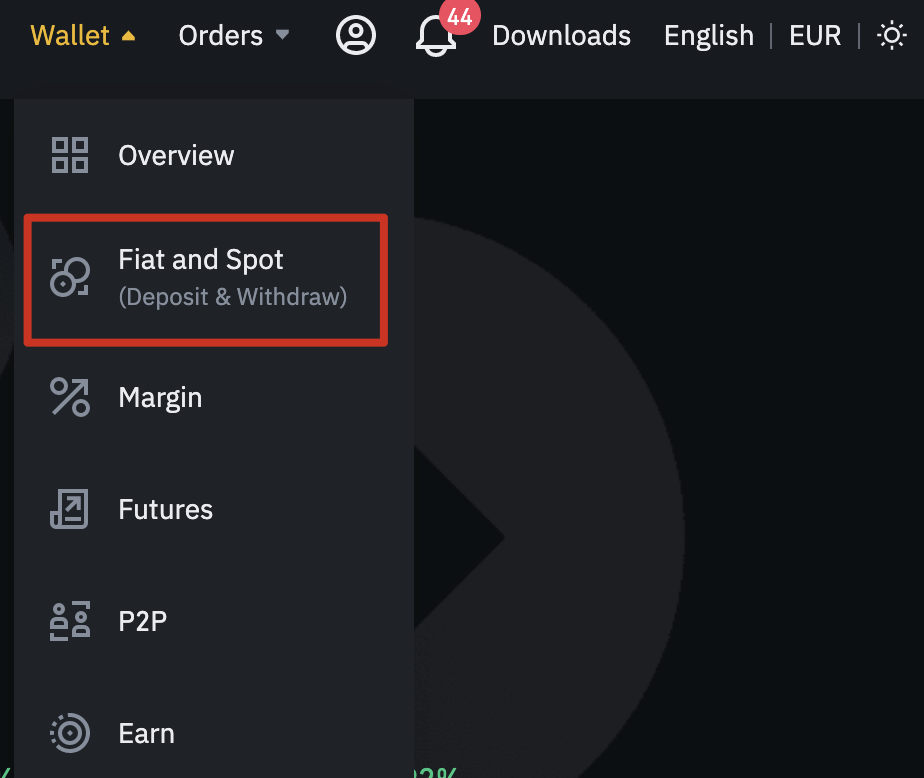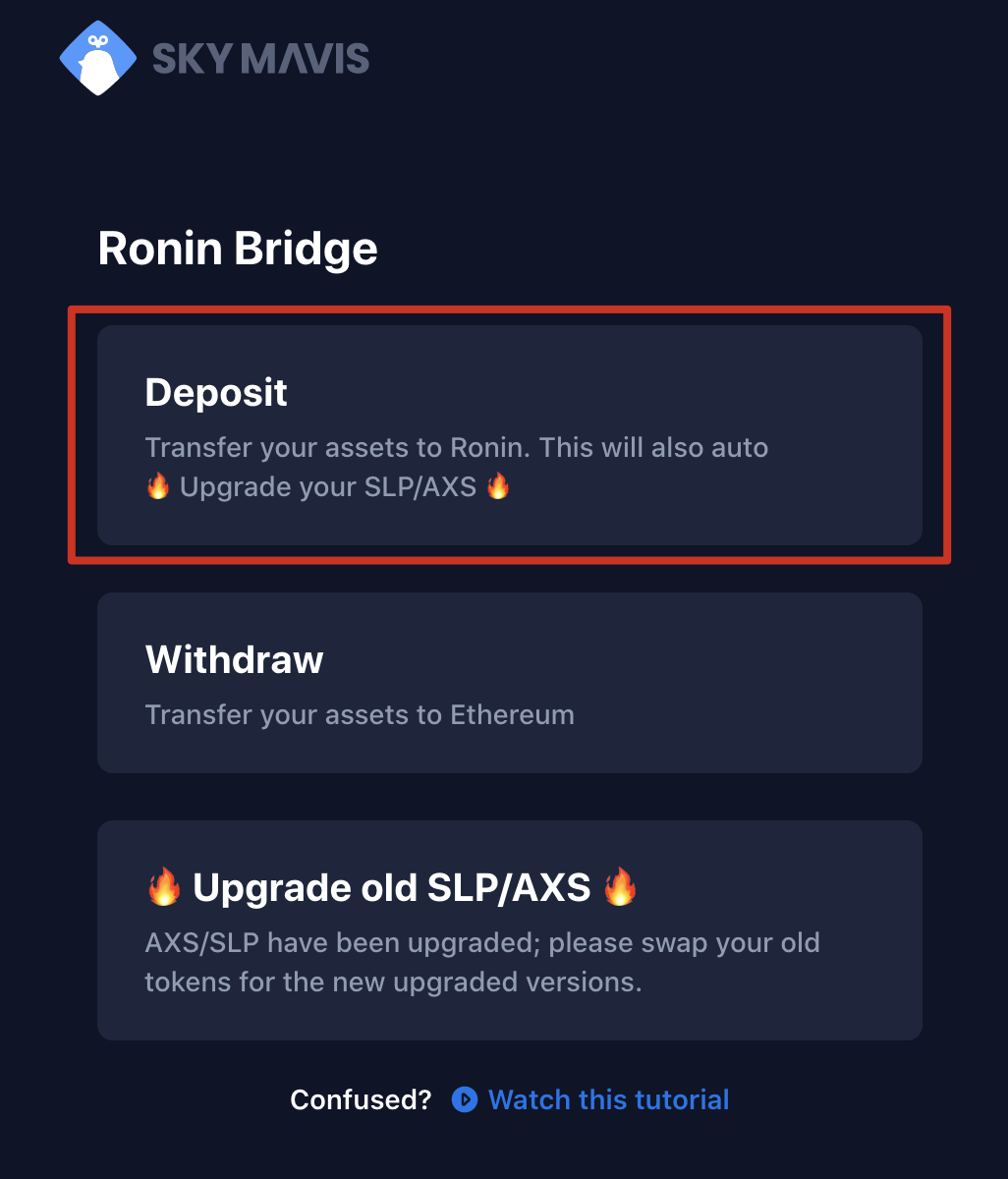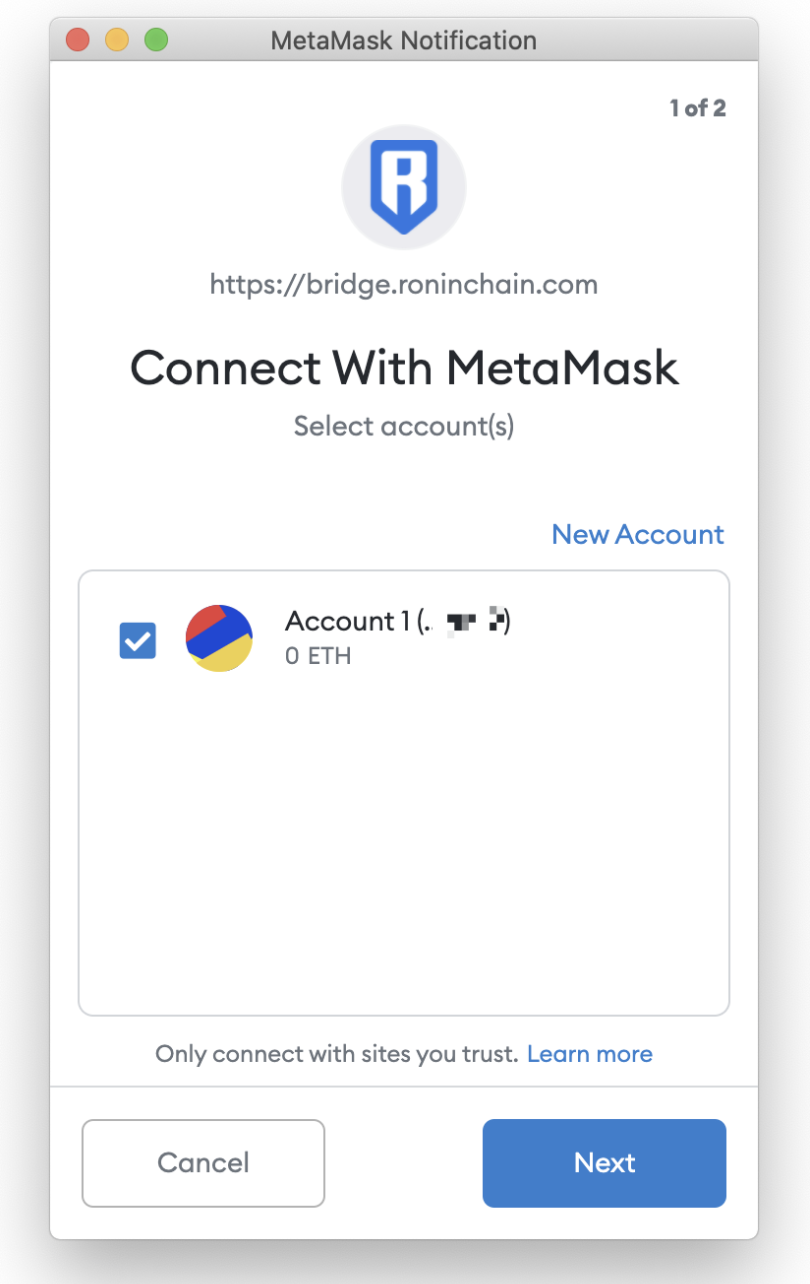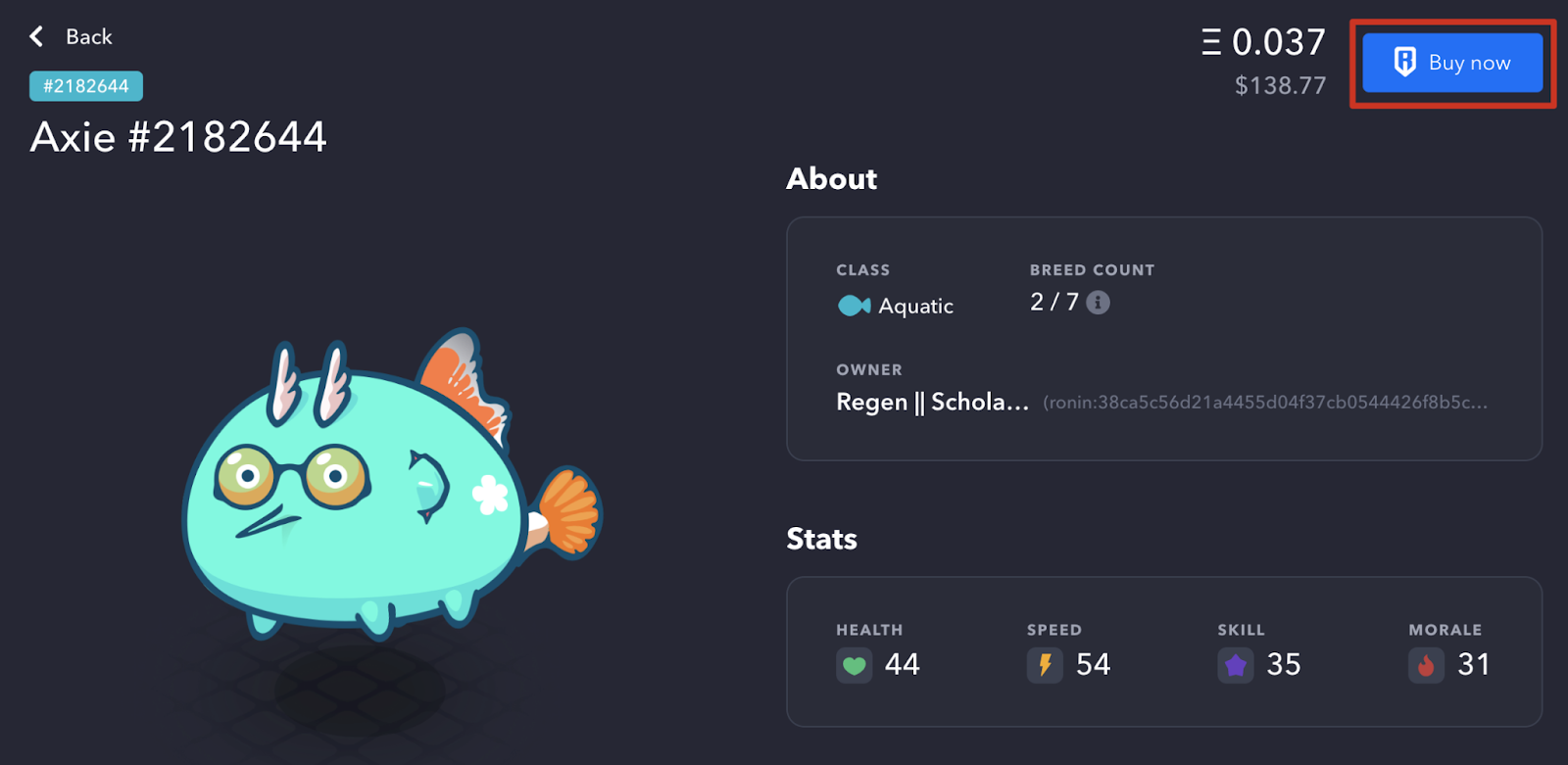Abstract
It is already 2021, and making money by raising virtual pets is no longer a dream. In short, "Axie Infinity" is a blockchain game that combines "Pokémon" and "CryptoKitties".
To be more precise, "Axie Infinity" is an NFT game and ecosystem built on the Ethereum blockchain. Its native cryptocurrencies are the ERC-20 tokens Axie Infinity Shard (AXS) and Silky Love Potion (SLP). AXS is a governance token, while SLP is used to breed new Axie. AXS is a BEP-20 token and can be purchased through Binance Smart Chain (BSC).
Axie creatures are divided into different categories, consisting of various body parts, statistics and other attributes. You can start the game by forming an Axie team. Axie can be purchased or provided by other players. Tokens and NFTs can be stored in Ethereum wallets or Ronin wallets. Players can trade in almost real-time on the Ronin side chain, and can trade tokens and Axie without using the Ethereum blockchain, reducing transaction costs.
In the future, virtual land NFT will also be put on the shelves for sale. AXS and SLP can be purchased through Binance and transferred to Ronin wallets, and can also be sent from Ethereum wallets to Ronin wallets through Ronin Bridge.
Introduction
Following the precedent set by "CryptoKitties", "Axie Infinity" Launched in 2018 and developed to this day, it is also a collection game based on Ethereum. This game is the brainchild of Vietnamese startup Sky Mavis. It started as a whim project and later developed into a global Ethereum game.
Axie Infinity Sharding (AXS) is the token in the Axie Infinity ecosystem. AXS is an ERC-20 governance token that was launched in November 2020 and can be obtained by purchasing, trading or playing games. At the end of each season, top-ranked players receive AXS rewards.
Other Axie Infinity tokens include game assets (Axie characters) in the form of ERC-721 tokens, and an ERC-20 token called "Smooth Love Potion" (SLP). SLP has become an indispensable part of the coin-earning game. Players can obtain relatively stable income just by playing "Axie Infinity".

What is Axie Infinity?
The game characters in the "Axie Infinity" ecosystem are called "Axie" and are non-fungible tokens (NFT) that can be owned and controlled. These NFTs can be stored in personal wallets, transferred to other Ethereum addresses, or traded with other players through blockchain-based marketplaces. In addition to Axie, the virtual land and props in the game are also ERC-721 tokens.
Players can choose the adventure mode (ie PvE - player vs. player environment) in the ecosystem, and fight monsters in the Kingdom of Lunacia in Axie Infinity by forming teams and arranging troops. You can also choose the arena mode (PvP – player versus player) to compete with other Axie owners from the real world. If you win the battle, you can win an asset called "Smooth Love Potion" (SLP) and get the nutrients Axie needs. SLP is also an ERC-20 token that can be traded through exchanges such as Binance.
Axie is relatively expensive and Ethereum gas prices occasionally rise, so there is a barrier to entry for new players. The Ronin Ethereum side chain effectively alleviates this problem.
What is Axie Infinity Sharding (AXS)?
AXS token (Axie Infinity shard) is not only a governance token, holders can also stake and receive AXS rewards. These rewards come from the community treasury, which is filled with items purchased within the game. The total supply of AXS is 270 million. Some of the tokens are allocated to the public sale, and some are invested in the in-game coin-earning function. The remaining tokens belong to Sky Mavis and project consultants. The initial supply for the IPO is just under 60 million. The number of tokens issued is expected to increase year by year until 2026.
AXS use case
The vision of "Axie Infinity" is to become a mature game that attracts players by Build strong communities that ultimately grow into thriving ecosystems. In the "Axie Infinity" game, fans of "Pokémon" (Pokémon) or "Final Fantasy" (Final Fantasy) will also get a fun and novel experience and be deeply intoxicated.
In August 2021, the number of daily active players of "Axie Infinity" reached one million. Two months later, that number was approaching the two million mark. If the player base continues to grow, this game will definitely create greater value for the ecosystem. As mentioned above, the development of Ronin sidechain and free game version is to encourage more players to participate. Future free-to-play versions will also have this goal in mind.
In the process of playing "Axie Infinity", players can earn AXS and SLP tokens in a variety of ways. These tokens can then be exchanged for other cryptocurrencies. At present, some players have successfully made money through the "Axie Infinity" game.
How to store AXS?
AXS is an ERC-20 token that can be stored in all ERC-20 compatible software wallets (such as Trust Wallet, Binance Chain Wallet, and Exodus), as well as hardware such as Trezor One or Ledger Nano X wallet. AXS can also be stored in the Ronin wallet built specifically for Axie Infinity.
What is Ronin wallet?
The Ronin Wallet is a cryptocurrency wallet that runs on the Ronin Ethereum sidechain. Users can interact with Axie Infinity decentralized applications (DApps) using this browser plug-in. While Ethereum’s traffic and fees remain high, Robin Chain has significantly reduced the fees for playing Axie Infinity games and interacting with smart contracts. Ronin wallet is also compatible with other games in the Ronin blockchain.
What is Robin Bridge?
Tokens can be transferred from the Ethereum blockchain to the Ronin sidechain using the Robin Bridge. Ether is sent to the blockchain and becomes wrapped ether, which can be used to purchase Axie creatures, SLP, and other items. Tokens can also be transferred from the Ronin blockchain to Ethereum and sold through marketplaces such as Binance.
What is Silky Love Potion (SLP)?
Smooth Love Potion (SLP) is the ERC-20 token of the Ethereum network. SLP tokens are the main source of income for players and can be sold or used to breed new Axies. Tokens have no cap on supply and are earned by completing daily tasks and competing against other players. SLP tokens are used for reproduction and then destroyed, and the number of daily mines is limited.
SLP use cases
SLP has three main applications that drive demand:
1.Users can breed new Axies from two existing Axies. The amount of Smooth Love Potion required varies depending on the number of times the parent Axie has reproduced.
2.By completing tasks and winning battles, users can receive tokens as rewards when Axie reaches new levels.
3. SLP holders can speculate on prices and trade on cryptocurrency trading platforms such as Binance.
It is these use cases that helped "Axie Infinity" create the game's currency earning model. Users are willing to spend money to purchase tokens, and farmers are also willing to earn tokens. The design of the SLP mining method is relatively simple, and entry-level Axie teams can start earning income.
How to use Robin Bridge to start the journey of "Axie Infinity"
If it is the first time to purchase Axie Team, you need to Pre-deposit some Ethereum in your Robin wallet. Robin is a side chain and needs to wrap ether into wrapped ether (WETH) through the Robin bridge. The entire process requires three main steps:
1.Buy Ethereum through trading platforms such as Binance.
2.Bridge Ethereum and Ronin Bridge.
3.Use Wrapped Ethereum (WETH) to access the Axie Market.
Before taking the first step, please confirm that you have registered a Binance account and completed identity verification (KYC) and anti-money laundering (AML) certification.
How to buy Ethereum and transfer it to Ronin wallet
1. Log in to your personal Binance account, hover the mouse over the [Transaction] tab, and select [ Standard] or [Pro] trading view.

2.Hover the mouse over the trading pair shown on the left side of the screen, in the search bar Enter "ETH". Choose the appropriate Ethereum trading pair, here we take [ETH/BUSD] as an example.

3.Select the order type to buy Ethereum. The simplest method we have covered is to use market orders. Click [Buy ETH] to submit the order.

How to bridge Ethereum and Ronin Bridge
1.If not yet To open a cryptocurrency wallet, please create it first. To be precise, you need a wallet that can be associated with DApp. MetaMask or Binance Chain wallet are both good options.
2.Hover the mouse over the [Wallet] menu tab and select [Fiat Currency and Spot] to start bridging Ethereum.

3.Search for "ETH" and click [Withdraw].

4.Paste the address for depositing Ethereum ERC-20. This is the storage address of an external cryptocurrency wallet.

5.Click the [Network] field and select [Ethereum (ERC20)].

6.Verify the transaction details, click [Withdraw], and send Ethereum.

7. Next, create a Ronin wallet. Please note that Ronin wallet is currently only used as a browser plug-in and does not support desktop clients. Beware of scams. Ronin is not yet open to mobile customers.
8. Visit the Ronin Bridge website and click the [Recharge] button. Associate MetaMask wallet with display popup.

9.Click [Next] to complete the wallet association.

10.Copy the Ronin wallet address to the [Ronin Address] field.

11.Click the [Asset] field and select the asset to be recharged. Here we take depositing Ethereum as an example.

12.Finally, click [Next] at the bottom of the page to confirm the details, that is Tokens can be bridged to Ronin wallet.
13.Before playing the game, you need to create an Axie team. Log in to the Axie Market and select the Ronin wallet option. If you have not created an Axie account yet, you must perform the above operations. Users logging in for the first time will see instructions on how to create one.

How to buy Axie in the Axie market
1.In the market Choose an Axie to buy. Click on the Axie avatar to view related data and other information. You can search using the filter function on the left. For players who are not yet familiar with the game mechanics, we recommend doing some research before purchasing Axie for the first time.

2.On Axie’s independent page, click the [Buy Now] button to complete Buy. Transactions need to be confirmed through the Robin wallet plug-in.

Please remember that a complete team needs to be composed of three Axies. The Axie Infinity community provides strategies and guides for team building. Please do your own research before purchasing recharge.
How to download Axie Infinity
Axie Infinity is available for Windows, macOS, Android and iOS systems. The best way to download the game is to go to the Axie Infinity homepage and click the [Start Game] button in the upper right corner.

The client will automatically download to your desktop or laptop computer. Please note that if you choose the iOS version of iPhone, TestFlight needs to be enabled on the device. This will allow you to install applications that are still under development. For Android devices, download the .apk file from the startup screen.

Axie Overview
Axie is a small Fantasy creatures are composed of different attributes and characteristics, including different categories, statistics and body parts. As of October 2021, Axie is divided into 9 different categories.
What are the basic categories of Axie?
Axie Infinity is divided into nine categories, and three of the special categories (shown in bold below) do not have unique body parts or category cards.
Aquatic p> | Group 1 |
Birds | Group 1 |
Dawn Category | No. Group 1 |
Insects | Group 2 |
Beasts | Group 2 |
| Mechanical Category | Group 2 |
Plants | Group 3 |
Reptiles | Group 3 |
Twilight category | Group 3 |
The category determines the combat effectiveness of Axie. There are checks and balances between various categories, and they reinforce and restrain each other. Cards are associated with specific categories, and can increase combat effectiveness by 10% when used against a weak opponent.
For example, an aquatic, bird, or dawn type axie will take double damage from an insect, beast, or mechanical type axie, but will take double damage from a plant, crawler, or dusk type axie. In other words, Group 1 categories are more powerful than Group 2, but weaker than Group 3. Group 2 is stronger than Group 3, but weaker than Group 1, while Axie in Group 3 is stronger than Group 1, but not as good as Group 2, ultimately forming a closed loop.
What are Axie skills/cards?
There are 132 cards in Axie Infinity, which can be associated with six of the nine categories. Cards can be divided into different body parts, attack ranges and costs. Although any Axie class can use a card, the destructive power of that Axie can be increased if the card used is related to a specific class.
What is Axie data?
All Axies have a set of data that determines their specific characteristics:
HP p> | Represents the total blood volume or life points of each Axie. Axie with higher health can withstand greater damage. |
Skills | Additional damage can be added when combining attacks. |
Morale | Morale determines each Axie's critical hit rate and "mortal death" The number of "fights". |
Speed | Axie with higher speed can attack first in the battle. Speed also reduces the chance of receiving a critical hit when defending. |
What are Axie body parts?
Each Axie is made up of six body parts: ears, eyes, horns, back, mouth and tail. The last four determine the specific cards that Axie can use in battle, each of which affects the statistics of Axie creatures.
How much does it cost to get started with the Axie Infinity game?
As of October 2021, the lowest cost of Axie is approximately $130 (in wrapped ether (WETH)). An Axie team requires three creatures, which means the entry cost is about $390. The best way to calculate the cost of getting started with the game is to head to the Axie Market and sort by price.
How to get Axie for free through sponsorship program
There are two ways to get Axie for free. The first is to get sponsorship from other players who offer free teams. Sponsors distribute part of their earned Smooth Love Potion to recipients. Each user is only allowed to have one Axie account, so this has become a popular method to make full use of everyone's Axie.
Sponsorship programs are provided and managed by players, not the Axie Infinity team. Therefore, please beware of being scammed when participating in sponsorship programs. Open sponsorship programs can be tracked through CoinGecko. After forming your own team, you can compete in competitive or adventure mode. Please note that only the owner of Axie (sponsored manager) can claim the mined SLP tokens and determine the proportion of rewards the recipient receives. In most cases, sponsors and administrators share 50% of the proceeds.
Another way is to wait for the release of Battle Version 2.0. This update will unlock a new game mode and give users a free Axie for battle. However, these creatures cannot earn tokens for sale. To enjoy the coin-earning function of "Axie Infinity", players still need to purchase a team or obtain sponsorship.
What are the factors that affect the price of Axie?
Axie prices range from around $130 to well over $100,000. Although Axie's value is mostly determined by in-game combat power and utility, there are also many speculative factors. Original Axie from early in the game are usually worth more. In addition, there are some mysterious Axie, which are more colorful and especially rare. Generally speaking, the rarer the attribute, the higher the utility in the game, and therefore the higher the price. With the large-scale popularity of "Axie Infinity", the market demand for Axie creatures is not only affected by players, but also by NFT collectors.
How to start SLP mining in Axie Infinity
Users through competitive play (PvP) or adventure mode (PvE) can be mined to obtain SLP. Both battle modes consume energy. Once the energy is depleted, SLP mining can only be done by completing adventures.
The energy value is determined by the number of Axies you have. You can check your energy value through the game's main menu at the top of the screen.

1. Daily tasksYou can earn 25 SLP after completing them. The tasks include daily check-in, passing 10 adventure mode levels, and winning 5 competitive battles.
2. Adventure Mode (PvE)Earn up to 50 SLP every day. The specific number is determined by the level. Passing a level for the first time will earn you SLP. However, you may not receive SLP rewards after passing a certain level. Defeat the "boss" to get SLP rewards.
3. Competitive (PvP)Battle against other players based on your own ranking. Ranking determines the amount of SLP gained after each battle is won. Every battle consumes energy. Therefore, how much energy is used to complete how many battles will determine the amount of SLP earned each day.
Please note that even if the energy is exhausted, players can still continue playing, but competitive (PvP) battles will no longer provide SLP rewards, and adventure mode (PvE) battles will no longer increase experience points. However, this does not affect player ranking improvement or completion of daily tasks.
How to claim SLP rewards from Axie Infinity
The earned SLP can be claimed manually. SLP can only be collected once every 14 days.
1.Visit the Axie Infinity homepage, associate your Ronin wallet, and select [Receive Tokens] from the menu. Then click [Receive SLP] to transfer the tokens to Ronin wallet.
2.Go to your personal account and make sure the Ronin wallet is linked. Click [Receive Tokens] and [Receive SLP] in the menu in sequence.

3. If you want to sell tokens, you can transfer SLP to Ethereum on the same interface wallet. Or choose to transfer directly to the Binance Ronin wallet without paying Ethereum gas fees.
What is Axie virtual land?
Axie Virtual Land is a land parcel in the Kingdom of Lunacia where Axie creatures live. The land in the kingdom is divided into a 301x301 grid and sold in batches. 25% of the first batch will be sold, and subsequent sales prices will increase by 10%.

The pink square plot serves as a location for Lunacia Kingdom activities, access to dungeons, chimera spawning locations, and public resource nodes. The map also includes an area called "Luna's Landing" for content creators and travel routes. Players can purchase chests containing land types, and multiple chests purchased at the same time contain adjacent parcels of land.
How to buy AXS and transfer to Ronin wallet
AXS can be used for governance, staking or breeding. If players are already breeders or plan to start breeding Axie, they can send Axie directly from Binance to Ronin wallet without going through the Robin bridge. This saves Ethereum gas fees by skipping the step of transferring to an external wallet. Like Ethereum, AXS can be purchased through Binance.
1. Log in to your personal Binance account, hover your mouse over [Trading], and select [Standard Edition] or [Professional Edition] view.

2.Next, hover the mouse over the displayed trading pair and click on the drop-down menu Enter "AXS" in . Select a set of trading pairs. Here we take [AXS/BUSD] as an example.

3.Select the order type and quantity you want to purchase. Here is a simple market order as an example. After confirming the transaction details, click [Buy AXS].

4.To withdraw money to Ronin wallet, hover the mouse over the [Wallet] button. Select [Fiat and Spot].

5.Search for "AXS" and click [Withdraw].

6.Select the [Network] field.

7.Select "Ronin Network" from the options.

8. Please be sure to read and understand the warnings displayed. Before proceeding, replace the prefix “ronin:” with “0x”.

9. In the last step, enter the sending amount and click [Withdraw].

10.After the withdrawal is completed, AXS or wrapped Ethereum can be viewed in the Robin wallet ( WETH). The tokens can then be used to breed or purchase Axie on the corresponding market platform.

Summary
"Axie Infinity" continues to be entertaining and popular Degree will determine the future development of AXS and SLP tokens. This game has fun gameplay and exciting content, but as a coin-earning game, it still has huge room for development. Needless to say, the game has proven itself over the past two years. The team is constantly updating and developing new features, and this game is sure to attract more and more players. Time will tell whether "Axie Infinity" can successfully expand its user base. But for now, it is undoubtedly a rare NFT fun game in the blockchain field.


 Forum
Forum Finance
Finance
 Specials
Specials
 On-chain Eco
On-chain Eco
 Entry
Entry
 Podcasts
Podcasts
 Activities
Activities
 OPRR
OPRR
